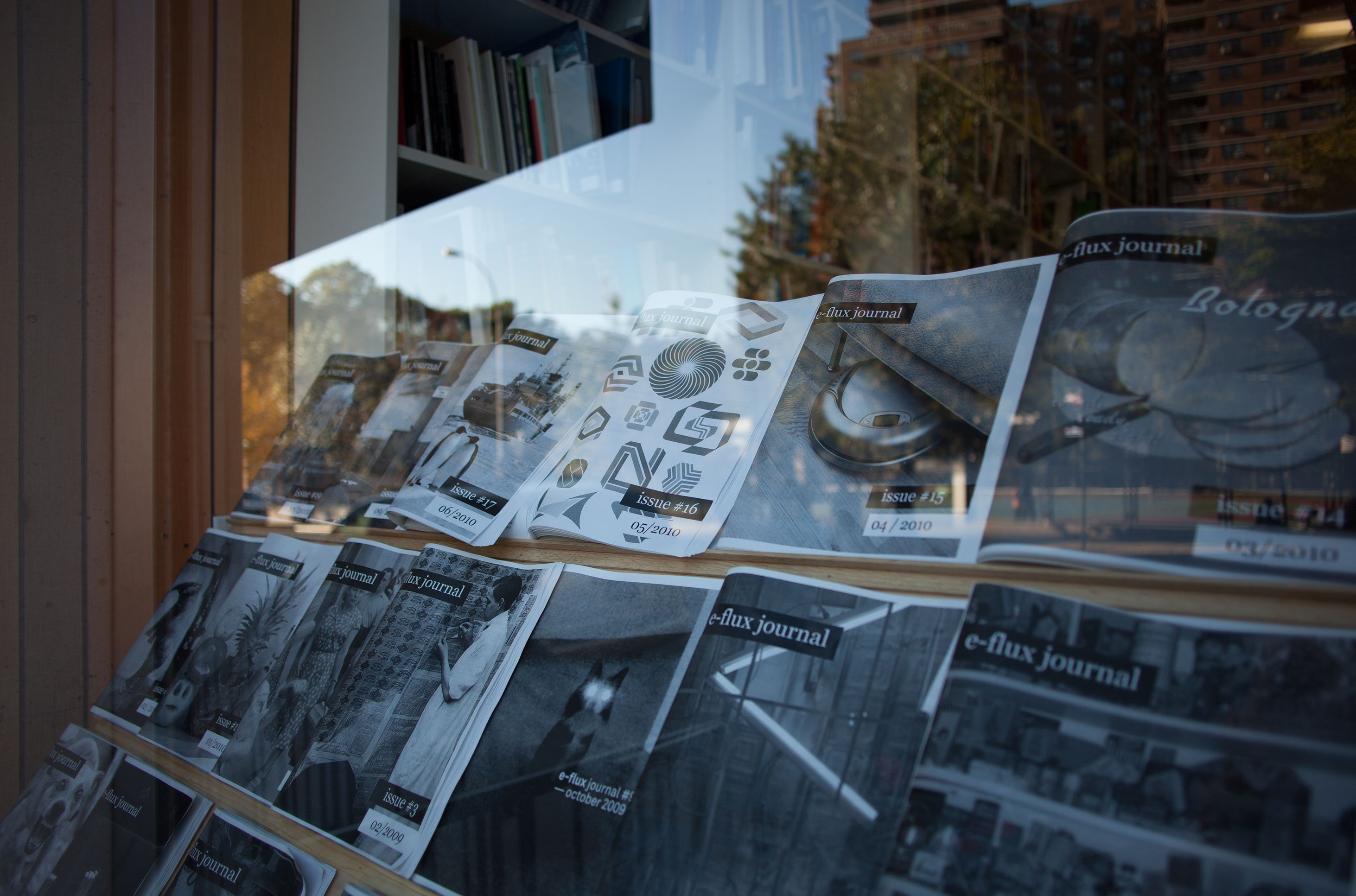Notes
1
Anton Vidokle, “Art Without Artists?,” e-flux journal, no. 16 (May 2010) →.
2
Anton Vidokle and Brian Kuan Wood, “Breaking the Contract,” e-flux journal, no. 37 (September 2012) →.
3
A revised version of this text serves as the editorial for this issue.
4
Julieta Aranda, Brian Kuan Wood, and Anton Vidokle, “Editorial,” e-flux journal, no. 0 (November 2008) →.
5
Vidokle and Wood, “Breaking the Contract” →.
© 2020 e-flux and the author
